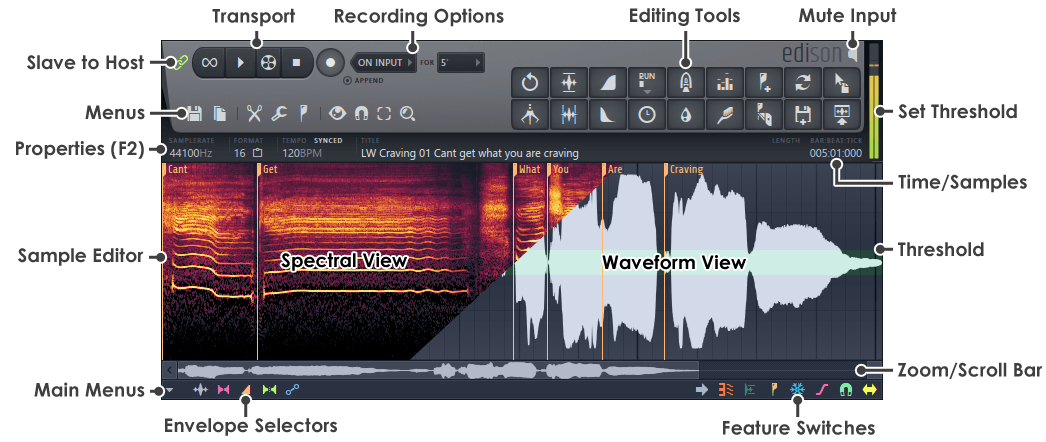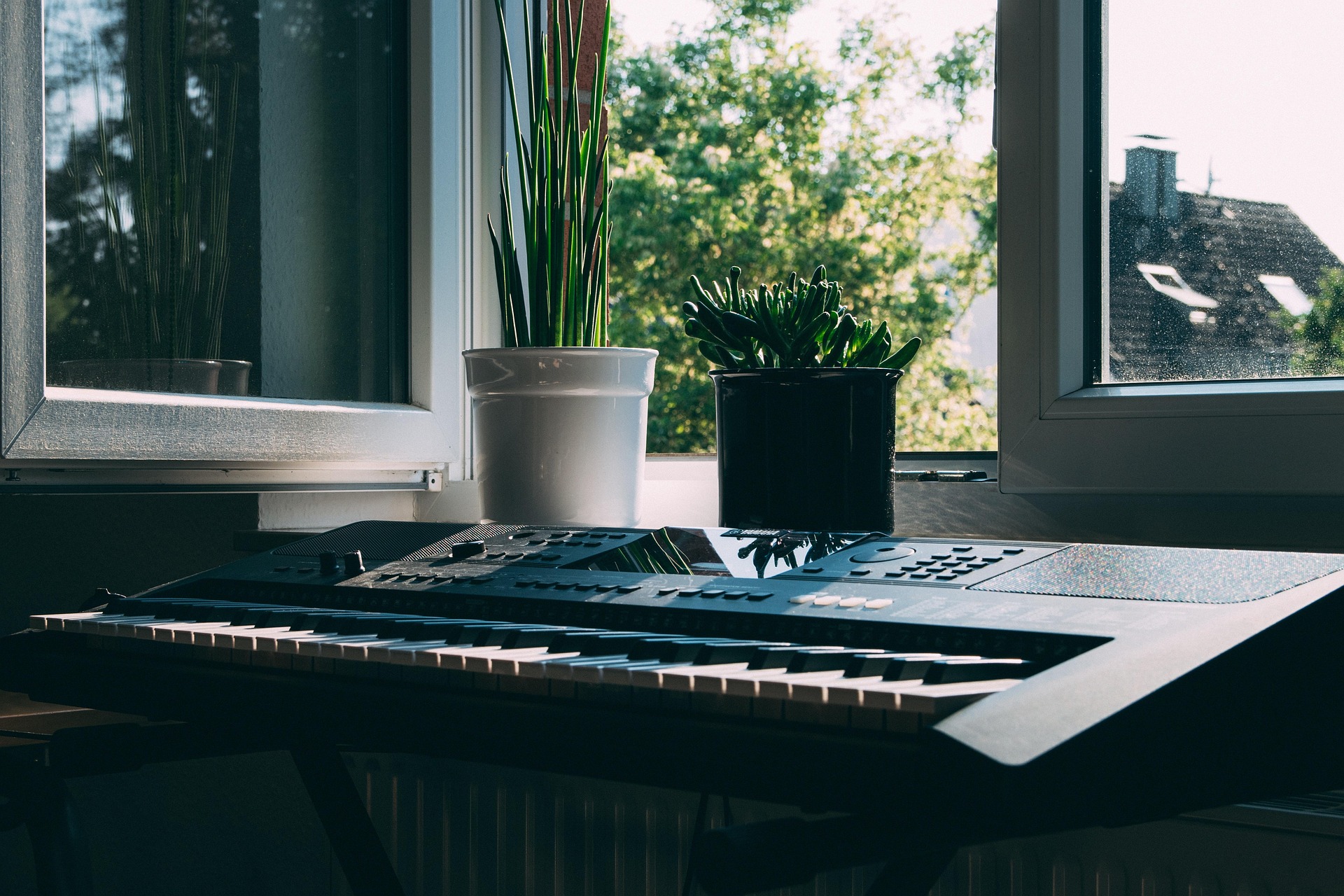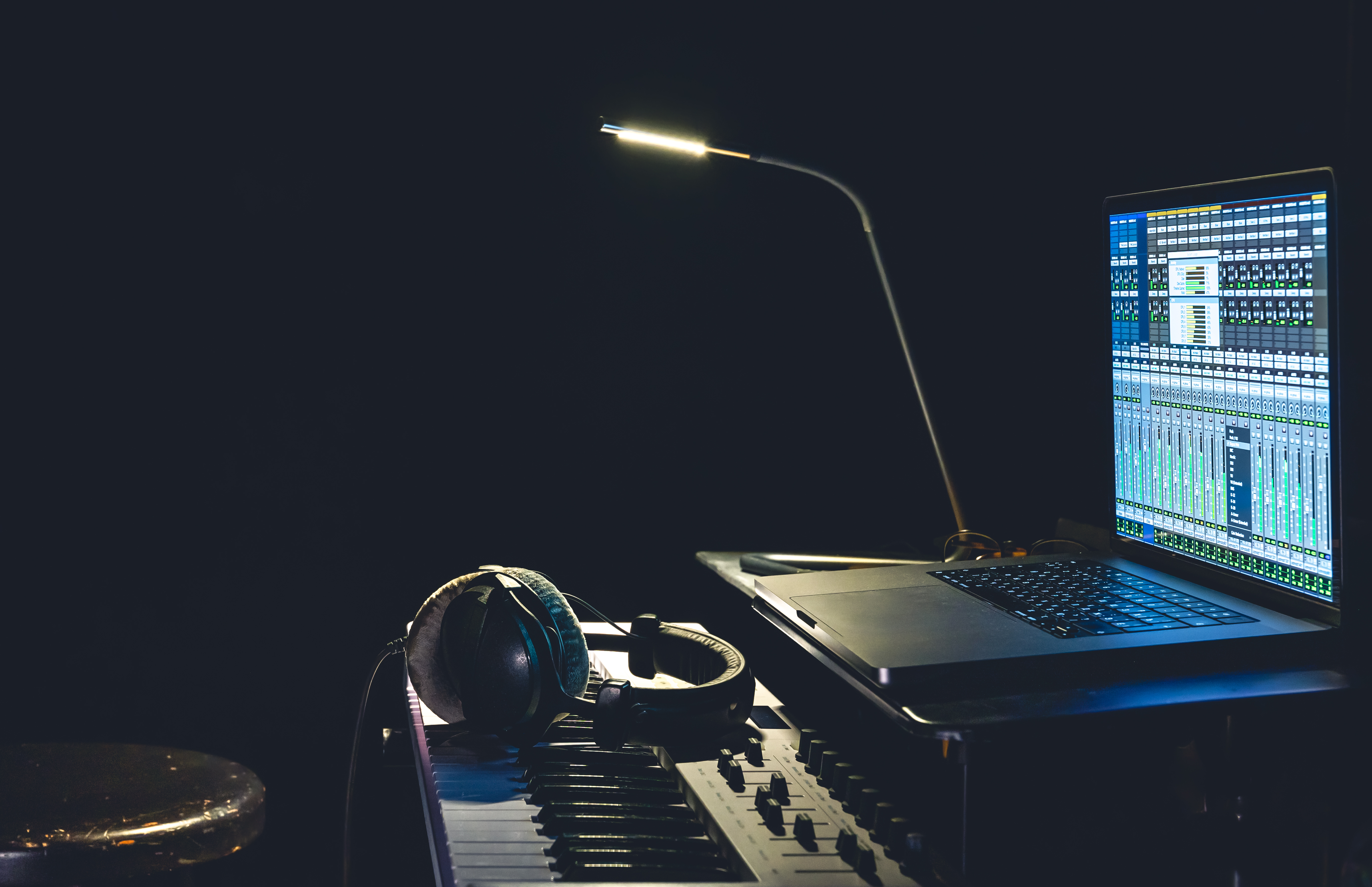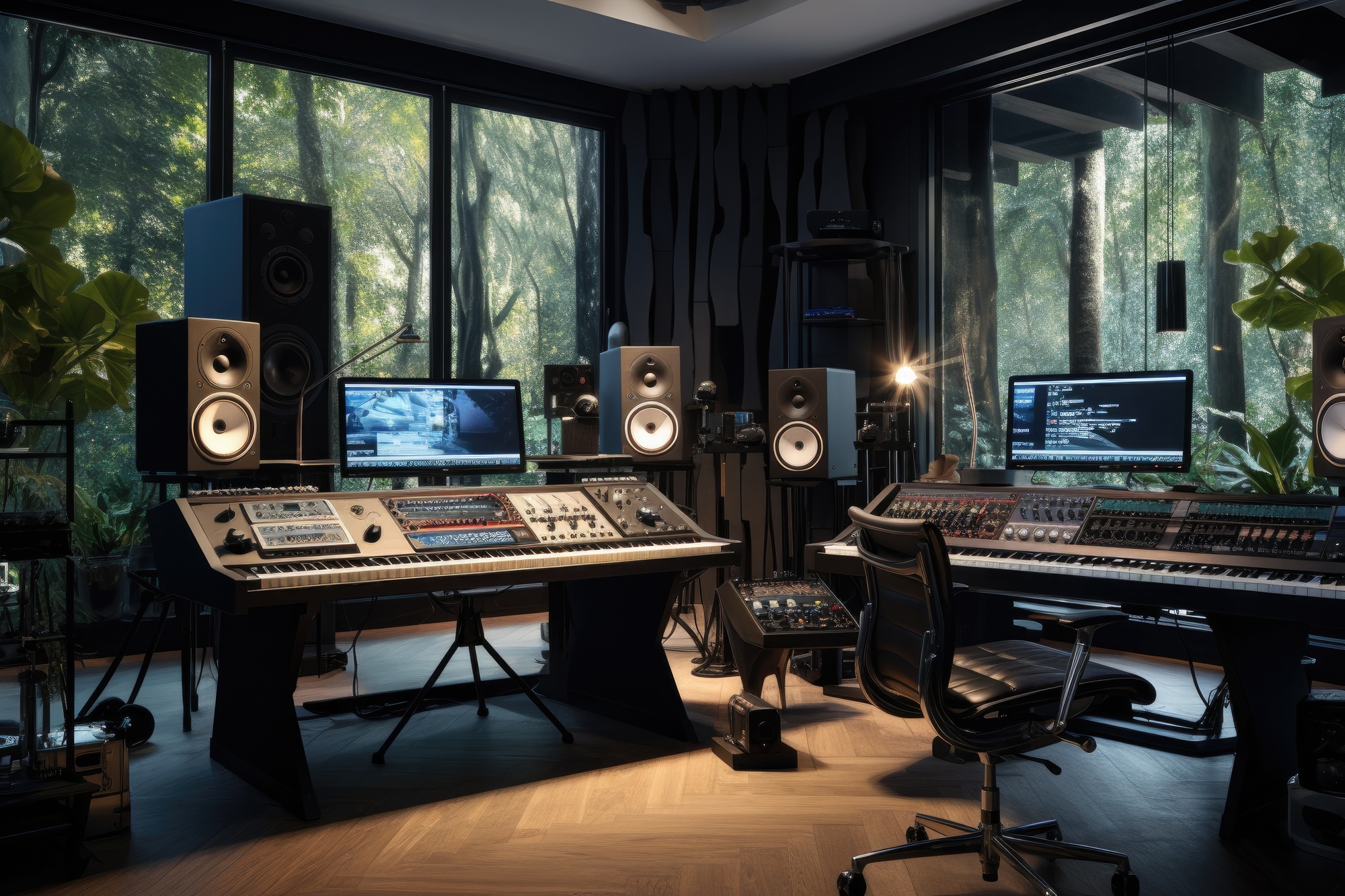Introduction
Sampling has been a cornerstone of music production since the early days of hip-hop, but its potential extends far beyond simply borrowing sections from other songs. In this article, I'll explore how to find and use samples from unexpected sources to create truly unique sounds and textures in your music.
As producers, we're constantly seeking new sounds to inspire our creativity and set our music apart. While traditional sampling from vinyl records and other music remains valuable, some of the most innovative productions feature samples from entirely unexpected sources - from household objects to nature sounds to industrial machinery.
Beyond Musical Sampling
When we expand our definition of sampling beyond musical sources, a world of sonic possibilities opens up. Here are some categories of non-musical sources to consider:
- Household Objects: Kitchen utensils, appliances, furniture
- Nature: Water, wind, fire, animals, insects
- Urban Environments: Traffic, construction, subway systems
- Human Sounds: Breathing, footsteps, clapping, vocalizations
- Machinery: Industrial equipment, motors, electronic devices
- Textiles: Fabric rustling, paper crumpling, plastic crinkling
These sources can yield sounds that no synthesizer or traditional instrument can produce, giving your music a distinctive character that can't be easily replicated.
Field Recording Basics
To capture these unique sounds, you'll need to develop some basic field recording skills:
- Equipment: While professional field recorders are ideal, your smartphone can work for getting started
- Microphone Placement: Experiment with distance and angle to capture different aspects of the sound
- Wind Protection: Use windscreens or improvised solutions to prevent wind noise
- Handling Noise: Mount your recorder/phone on a stable surface or use a grip that minimizes vibrations
- Location Scouting: Identify locations with interesting acoustic properties or unique sounds
Always record longer samples than you think you'll need - this gives you more material to work with and allows you to find the perfect section during editing.
Transforming Raw Samples

Advanced sample editing and manipulation techniques in action
- Pitch Shifting: Extreme pitch shifting can transform mundane sounds into unrecognizable textures
- Time Stretching: Slowing down or speeding up samples reveals hidden details and creates new textures
- Layering: Combine multiple samples to create complex, unique sounds
- Filtering: Apply creative EQ to isolate specific frequency ranges
- Reversing: Play samples backward for evolving textures
- Granular Processing: Break samples into tiny grains for radical transformation
- Convolution: Use samples as impulse responses for convolution reverb
The goal is to push beyond the obvious and discover new sonic territories that spark creative ideas.
Creating Musical Elements from Non-Musical Sources
Different types of musical elements require different approaches when working with non-musical samples:
Percussion and Rhythm
- Short, transient-rich sounds make excellent percussion elements
- Layer processed samples with traditional drums to add unique textures
- Create rhythm patterns by sequencing multiple short samples
- Use envelope shaping to create tight, punchy sounds from longer samples
Melodic Elements
- Look for samples with a discernible pitch or resonance
- Use tuning plugins to align samples to your track's key
- Create sampler instruments from pitched sounds
- Apply auto-tune or melodyne to non-tonal sounds for surprising results
Textures and Atmospheres
- Ambient sounds can be stretched and processed to create evolving pads
- Layer multiple atmospheric samples at different pitch points
- Use sidechain compression to create pulsing textures that respond to your beat
- Apply generous reverb and delay to create spatial depth
Practical Examples
Let's explore some specific examples of creative sampling from unexpected sources:
Example 1: Kitchen Percussion Kit
Record sounds like:
- Wooden spoon hitting different pots and pans (kicks and toms)
- Metal utensils clinking together (hi-hats)
- Knife chopping on cutting board (snares)
- Water pouring into glass (fills and effects)
Process these sounds with compression, EQ, and pitch adjustment to create a complete percussion kit with a unique character.
Example 2: Electrical Hum Bass
Record the hum from an electrical appliance, then:
- Isolate a clean section of the hum
- Tune it to a specific note
- Apply saturation and EQ to enhance harmonics
- Use a low-pass filter with envelope to create articulation
- Create multiple pitch versions for different notes
The result is a bass sound with organic movement and texture that can't be achieved with traditional synthesis.
Example 3: Paper Texture Pad
Record the sound of crumpling and smoothing paper, then:
- Apply extreme time stretching (800% or more)
- Use granular processing to create a continuous texture
- Apply reverb and delay for spatial dimension
- Use subtle modulation effects for movement
This creates an atmospheric pad with complex, evolving textures perfect for building tension or filling space in arrangements.
Legal and Ethical Considerations
When sampling from non-musical sources, you generally have more legal freedom than when sampling other music, but there are still considerations:
- Location Permissions: Ensure you have permission to record in private or restricted locations
- Recognizable Voices: Get releases from people whose voices are recognizably used
- Branded Sounds: Be cautious with sounds that are strongly associated with specific brands
- Nature Reserves: Some protected areas have restrictions on recording wildlife
When in doubt, seek permission or consult with a legal professional, especially for commercial releases.
Building Your Sample Library
As you explore creative sampling, you'll want to build an organized library of your discoveries:
- Categorization: Develop a consistent system for categorizing your samples
- Metadata: Tag samples with descriptive keywords for easy searching
- Processing Versions: Save both raw and processed versions of interesting samples
- Regular Sessions: Schedule dedicated recording sessions to continuously expand your library
- Backup: Ensure your unique sample collection is properly backed up
Your personal sample library becomes a unique creative resource that sets your productions apart from producers who rely solely on commercial sample packs.
Inspiration from the Masters
Many groundbreaking artists and producers have used creative sampling from unexpected sources:
- Björk: Used sounds of ice cracking and household objects throughout her discography
- Matmos: Created entire albums from sounds like surgical procedures and washing machines
- Four Tet: Frequently incorporates found sounds and field recordings into his electronic productions
- Amon Tobin: Transformed recorded sounds into complex arrangements through extensive processing
- Jamie xx: Integrates urban field recordings and unexpected textures into his work
Studying how these artists incorporate unusual samples can provide inspiration for your own explorations.
Conclusion
Creative sampling from unexpected sources is more than just a technique—it's a mindset that transforms how you perceive the sonic world around you. Once you begin thinking of every sound as potential musical material, your environment becomes an endless source of inspiration.
The most exciting aspect of this approach is its inherent uniqueness. When you sample and process sounds that no one else has captured, you're creating truly original elements for your music that can't be replicated through conventional means.
I encourage you to grab a recording device and start exploring the sonic possibilities in your immediate environment. What unique sounds surround you that might become the foundation of your next track? The possibilities are limited only by your imagination and willingness to experiment.
Have you created music using samples from unexpected sources? Share your experiences and techniques in the comments below!




